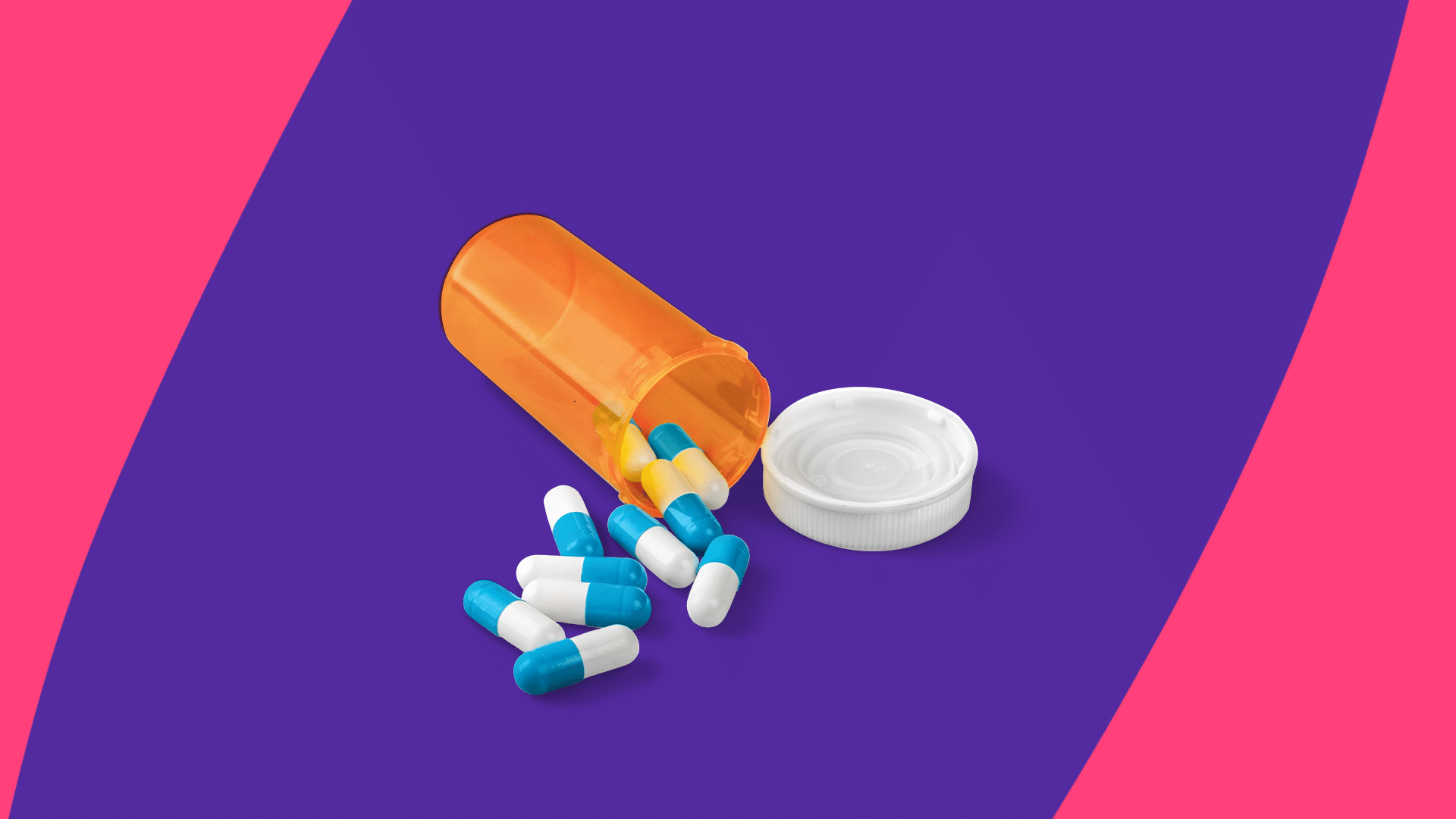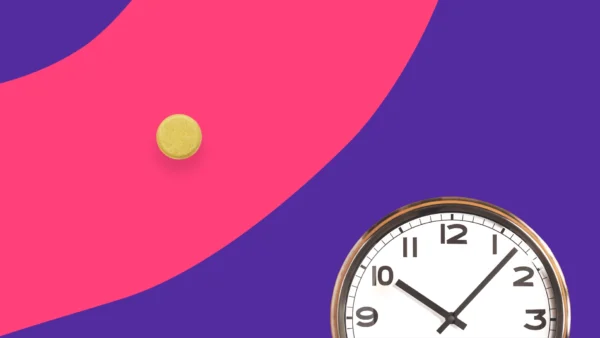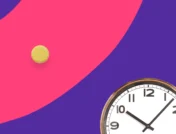Facing a decision on whether to start your child on any daily medication is difficult. When your decision involves seeking medical advice for an attention-deficit/hyperactivity disorder (ADHD) medicine like Vyvanse (lisdexamfetamine dimesylate), misconceptions, stigma, and fear of side effects combine to make it a real quandary for parents. On one side, ADHD symptoms can be incredibly detrimental. Inattentiveness, impulsivity, and restlessness are often coupled with difficulty being organized and regulating emotions and behavior. These symptoms result in poor performance in school and sometimes trouble maintaining social relationships. In these circumstances, treatment with medications, specifically central nervous system stimulants, can really help. Vyvanse is a member of this drug class and has some advantages over better known brand names like Adderall (dextroamphetamine and amphetamine), Ritalin (methylphenidate), and Concerta (methylphenidate). Knowing the potential adverse effects of Vyvanse is an important element of making an informed decision as a parent advocating for your child. We will review the side effects here.
RELATED: Vyvanse discounts | What is Vyvanse?
ADHD in children
While all kids can have short attention spans and excess activity, impairment with functioning at school or socially is what separates those with ADHD. The disorder has a lifetime prevalence in U.S. children of 11%. Over time, many children and adolescents learn strategies to better cope with ADHD, but most will still have some symptoms in adulthood, at which point the prevalence of the disorder is 4.4%.
Successful treatment can be life-changing for children. Changes in the classroom, counseling, and behavioral therapy are all helpful options to treat ADHD. Medications are very effective and generally safe. CNS stimulants are by far the most common drug treatment for ADHD, but selective norepinephrine reuptake inhibitors (SNRIs) like Strattera (atomoxetine) and Qelbree (viloxazine) as well as alpha-2-adrenergic agonist like Intuniv (guanfacine) are alternatives.
Comparisons can be made among the CNS stimulant medications. Amphetamines like Vyvanse are the most effective, with a slight advantage over methylphenidate (Ritalin, Concerta), but they have a slightly higher likelihood of side effects. Vyvanse has some advantages over its cousins. By being a prodrug of dextroamphetamine, Vyvanse is inactive until it is metabolized by the body. The resultant slower onset of action may translate to lower abuse potential since it is less enjoyable to stimulant abusers. Another advantage is the availability of a chewable tablet formulation of Vyvanse, which may appeal to younger children who cannot or do not want to swallow a capsule. However, it is only approved by the Food and Drug Administration (FDA) for adults and children aged 6 and older.
What are common Vyvanse side effects in children?
- Anorexia (reduced appetite) or weight loss
- Dry mouth
- Jitteriness, tremor, or anxiety
- Insomnia or nightmares
- Nausea, vomiting, diarrhea, constipation, gastroenteritis, or abdominal pain
- Heart rate or blood pressure elevation
- Agitation or rapidly changing mood
- Impotence or priapism (painful, prolonged erection)
- Rash
- Dizziness
- Increase in tic frequency
- Shortness of breath
- Urinary tract infection
- Mouth or throat pain
- Fever
- Sleepiness
- Abnormal sensations
- Visual disturbance
Loss of appetite
Loss of appetite is the most common side effect in children, with 34% experiencing this issue compared to 3% of those taking placebo (an inactive pill for comparison in studies). In fact, Vyvanse is also approved for the treatment of binge eating disorder in those ages 18 and older. The severity of appetite reduction can be significant and associated with weight loss in 10% of pediatric users. Learning this can set off alarm bells for parents, but keep in mind that growth effects are not extreme. If growth is slowed at all, there may be catch-up growth with continued use or after discontinuation. A study on stimulant use actually showed no difference in growth or adult height, but another study showed a difference after 16 years of consistent use. Monitoring height and weight is essential during treatment with Vyvanse or other CNS stimulants. Note: Vyvanse is not approved to be used for weight loss or to treat obesity.
Mood changes
Parents frequently worry that their children will not be themselves while on medication, that their personalities will be lost, that they will withdraw, or that they will act like ‘zombies’. Reassurance can come from knowing that studies have shown a low rate of mood changes in children on Vyvanse. In a study looking at rebound symptoms of ADHD later in the day after Vyvanse wears off, about 3% of children had recurrent symptoms along with emotional lability (rapid mood changes) when the drug wore off. Irritability has been a more frequently reported issue, noted to occur in 10% of children on Vyvanse in one study. Having your eyes open for these adverse or worsening effects and reporting them to the healthcare professional is appropriate.
Vyvanse and cardiac side effects
The list of adverse effects is a lot for parents to take in. When heart rate and blood pressure is mentioned, concerns arise for cardiovascular health. Fortunately, a study on this matter found no association with CNS stimulants and serious cardiovascular events such as sudden death in children. The healthcare provider can be expected to ask questions about any family history of childhood heart disease and to monitor heart rate and blood pressure before and during treatment with any ADHD medication. Call your child’s doctor immediately if your child experiences chest pain, shortness of breath, or fainting while taking Vyvanse.
Vyvanse abuse and dependence
The FDA has the highest level of warning label, a black box warning, on all CNS stimulants, including Vyvanse. The message is to be aware of the potential for abuse and dependence with this class of medication. The prevalence of this issue with Vyvanse in children is not known. Of note, it is not uncommon for people to use CNS stimulant pills in order to misuse them to get high. One review reported that 16% to 29% of students were asked to give, sell, or trade their medication. This report also noted that 5% to 9% of grade school- and high school-age children have used stimulant pills in the past year that were not prescribed for them, and the number rose to 5% to 35% in college. Parents must be aware of this possibility.
RELATED: Preventing teen prescription abuse
How to help children cope with Vyvanse side effects
Prevention is often the best method of limiting the adverse effects from Vyvanse.
1. Give children the correct dosage
Your child should take the medication exactly as prescribed by the healthcare provider. When taking Vyvanse, always follow the instructions from your prescribing doctor and the medication guide. The drug is available in capsule form from 10 mg to 70 mg and chewable tablet form from 10 mg to 60 mg. Vyvanse is usually started at a dose of 20 to 30 mg per day and can be gradually increased under the direction of the prescribing healthcare professional, up to a maximum of 70 mg per day if necessary.
Have your child take the medicine first thing in the morning to avoid sleep problems. It can be taken with or without food. If swallowing capsules is a problem, the capsules can be opened and poured onto food, into a beverage such as orange juice, or the healthcare provider can change the prescription to chewable tablets.
RELATED: Signs your Vyvanse dose is too high
2. Have a balanced meal plan
You should prepare your child for the possibility of having less of an appetite. This is most often noted at lunch, because the medication’s effect is peaking. If breakfast is eaten at the time of Vyvanse dosing and supper is eaten in the evening, the effects of appetite loss may be minimized. Healthy snacks can also make up for a lighter lunch.
3. Be aware of interactions
Before your child starts Vyvanse, you should sit down with the prescriber and fully review the list of your child’s other prescription drugs, over-the-counter medications, and supplements. This is important because several medications can interact with Vyvanse, and mental health problems can coexist with ADHD.
There is a significant incidence of coinciding depression and ADHD, and some antidepressant drugs can increase side effects of Vyvanse. For example, in combination with Vyvanse, Effexor XR (venlafaxine) can increase blood pressure, Wellbutrin XL (bupropion) can heighten seizure risk, and Zoloft (sertraline) can cause serotonin syndrome. Based on a high risk of serotonin syndrome, monoamine oxidase inhibitors (MAOIs) like linezolid and selegiline should not be used within 14 days of Vyvanse. These are only a few of the potential drug interactions with Vyvanse.
4. Discuss your family’s health history with your child’s provider
After reviewing your child’s medication list with your child’s doctor, go over your child’s medical history as well. Heart defects and other heart problems are a contraindication to the use of Vyvanse. A history of hypertension (high blood pressure), circulation problems, seizures, or mental health problems like psychosis or bipolar disorder are reasons to be cautious when deciding whether to start a CNS stimulant.
Vyvanse is a controlled substance. If there is a strong family history of drug abuse, you should fully discuss the risk of stimulant abuse with the healthcare professional.
Children with Tourette Syndrome or other tic disorders may note an increase in tic frequency, so preparing your child or choosing an alternative drug class may be worthwhile.
Always ask your doctor about potential allergic reactions.
5. Do not suddenly stop giving children Vyvanse
Based on ineffectiveness, adverse effects, or simply a change of heart, you might change your mind about having your child take Vyvanse. If this happens, contact the healthcare provider and discuss how best to stop the medication. Withdrawal symptoms or serious side effects may occur with a sudden stop of Vyvanse.
The stakes are often high in parenthood, and this is no exception. Facing decisions about your child’s ADHD treatment can be daunting. If you take the time to educate yourself on the benefits and risks of medications like Vyvanse, you can make the best choice for your family.











